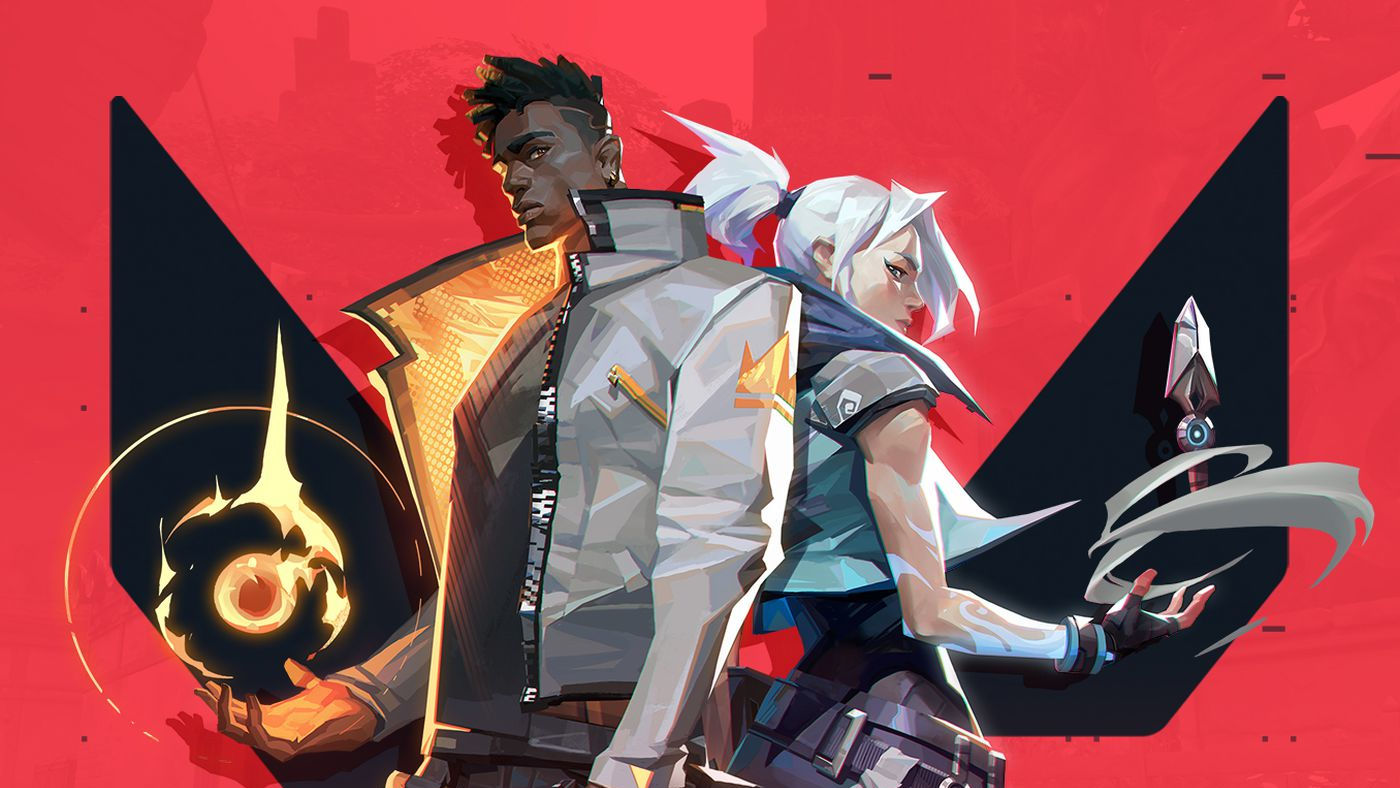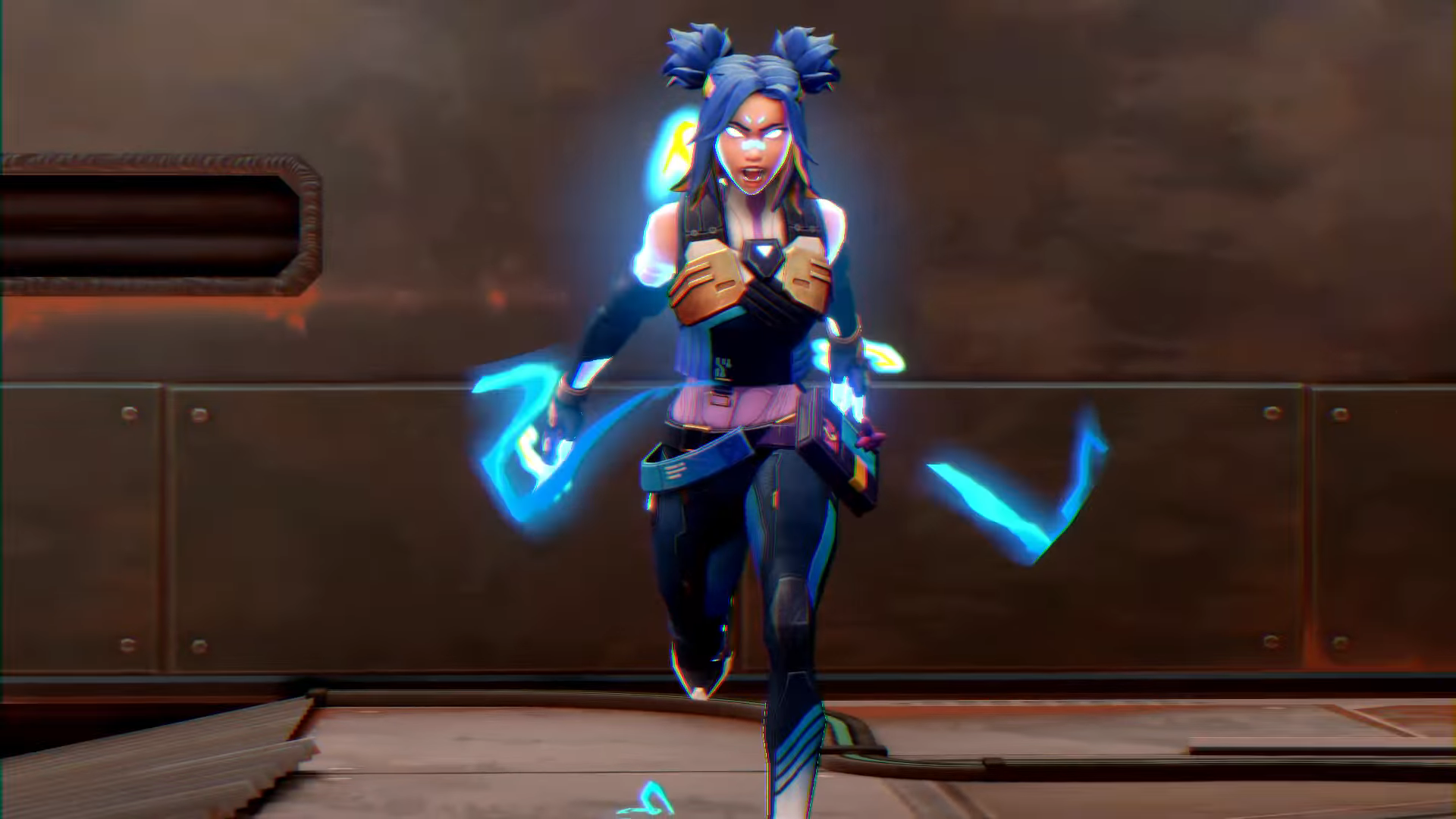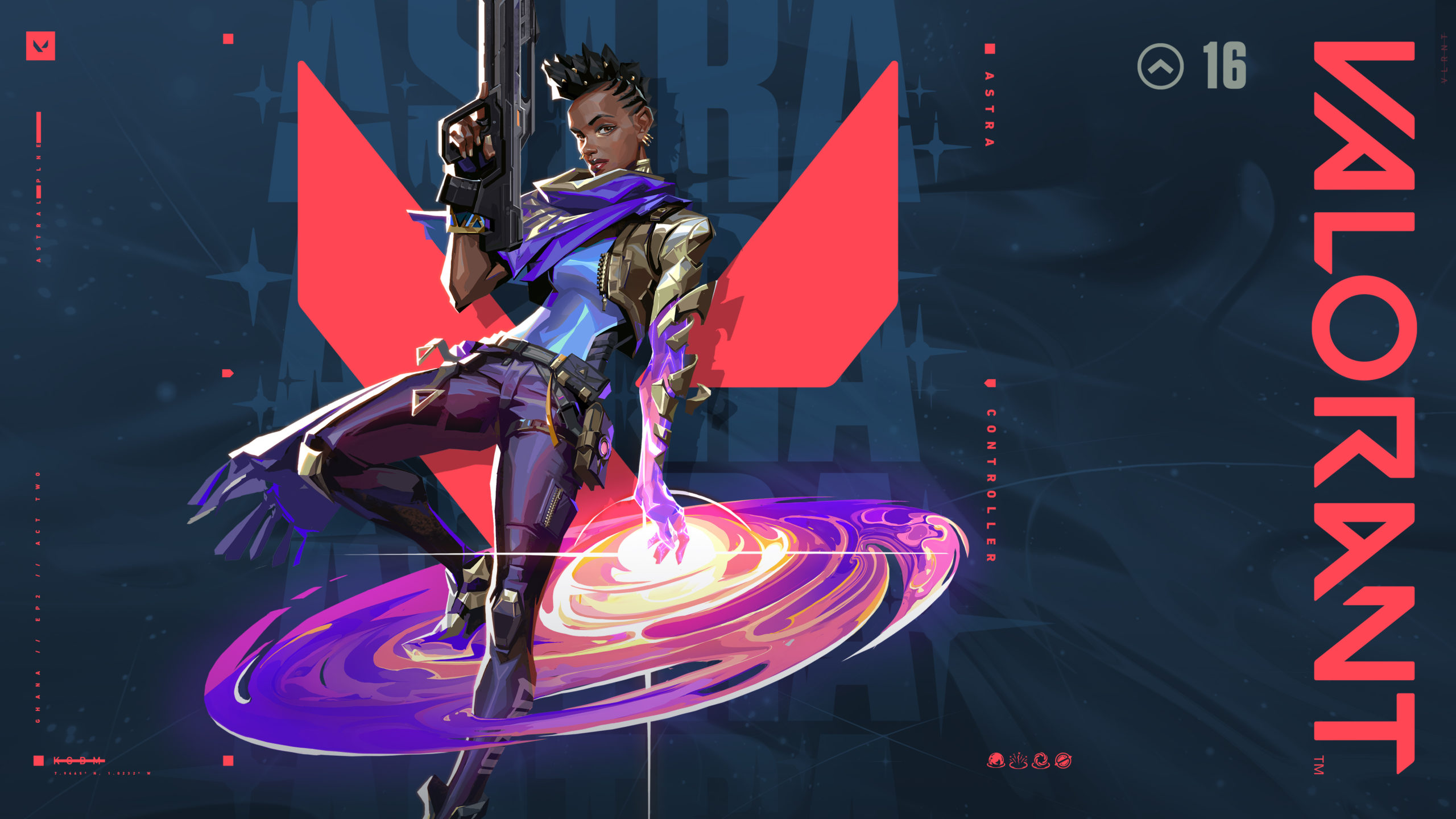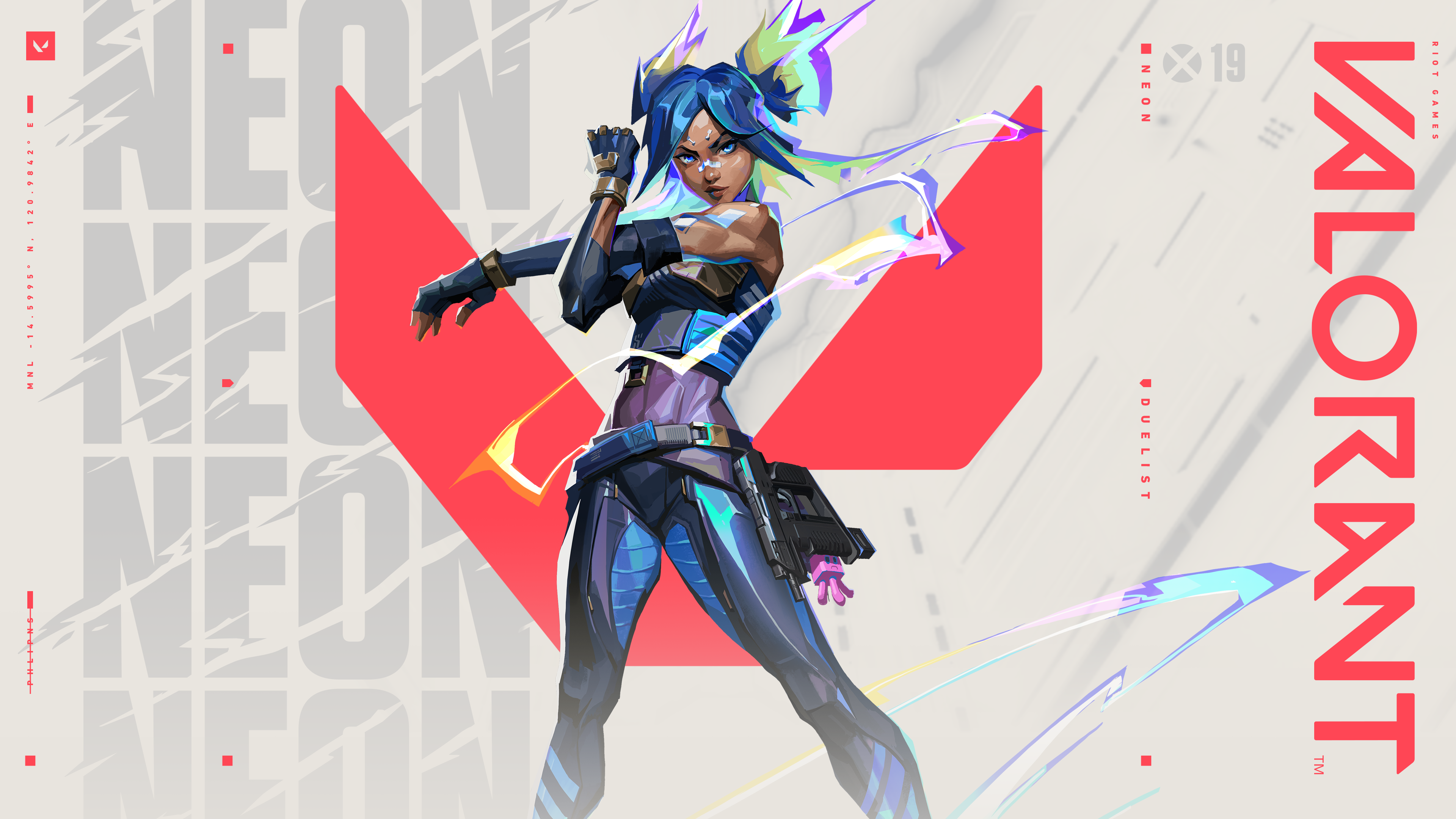These technical tricks solve the mystery of why Valorant feels so good to play
Sharp shooting

League of Legends developer Riot Games translated its prowess with online multiplayer successfully to the FPS genre back in 2020, revealing a fondness for the severe angles of Counter-Strike in the process. To this day, Valorant remains a popular – if highly technical – shooter.
The making of Valorant sounds like one long technical nightmare, however, with Riot prioritizing polish and coding smarts in order to make a shooter that rewards pinpoint accuracy while remaining scalable across wide range of drastically different machines.
I spoke to Riot’s senior principal engineer for the game, Marcus Reid, to glean further insight into the tech under the hood that’s allowed the free-to-play FPS to maintain its success two years on.
So good it hertz
A game that demands such high skill and accuracy wouldn’t work without high tick rate servers. “We did a whole bunch of experiments with really high-skill players to figure out how the game plays best,” Reid says.
“We found we really needed 128 tick rate servers to hit our targets. We also want the vast majority of our players to be under 35 millisecond ping. That's kind of the optimal conditions.”
A lower tick rate or higher ping introduces delays, which worsens problems like peeker’s advantage – an “artifact of networked gameplay”, in Riot’s words, which leads to a crucial split-second advantage for a player peeking around a corner over the opponent facing them. The issue is often discussed among competitive teams, and has led to high profile disputes over player ping.

That said, making Valorant a highly scalable game was still a priority. Riot continues to make the game accessible to players using a wide variety of setups. Additionally, it doesn’t shy away from display solutions like Nvidia Reflex – which bypasses the render queue to enhance communication between your machine’s CPU and GPU.
Sign up for breaking news, reviews, opinion, top tech deals, and more.
“We support some pretty low-end machines,” Reid says, “and we want those machines to play great and be able to play the game competitively. I think Reflex supports GPUs all the way back to the 900 series, which came out in 2014. That hardware is broadly accessible and improves the experience for enough of our players that we think it's worthwhile to support. But we also want to make sure that we have the best possible experience on that high-end hardware.”
Players lucky enough to own high-end PCs don’t get an unfair edge. Valorant has a fixed field of view, only supporting aspect ratios of 16:9 or 16:10 – and even those using ultrawide monitors are forced into letterboxing so that they can’t benefit from the extra peripheral vision.
Pinpoint precision

Valorant’s high difficulty can be a shock to more casual players, as it often punishes suboptimal play. With a low time-to-kill – the space between a player opening fire and their target dropping – every shot matters. Which means that hit registration has to be as accurate as possible.
“In terms of how we make that happen, the real answers are lots of data and pretty intense scrutiny whenever an issue is reported,” Reid says.
Valorant’s developers aren’t afraid of analyzing bugs or “something that looks off” under a microscope, then. It’s a process the team is public-facing about. For example, Riot has published a substantial tech blog on Valorant’s netcode, and keeps players in the loop on its responses and updates based on their feedback.
Realistically, though, there’s only so much Riot can do on its end to ensure a seamless online experience. Reid admits that mitigations like prediction buffering, which attempts to smooth out unstable connections, can only paint over the cracks to a certain extent.
“If network conditions are truly degraded, if the game client and the game server can't communicate the information they need to in a timely manner, the player experience does degrade,” he says.
Peak performance

Riot seems to have Valorant’s scalability, connection quality and overall responsiveness down to a science. But how about performance?
“So pre-launch, we were really talking about three categories of problems,” Reid explains. “What are the targets we need to hit for our server performance? And that's the one delivering the 128 tick rate experience.
“The second category is GPU-bound scenarios,” he continues. “That tends to be on lower-end hardware, like a CPU that has integrated graphics rather than a dedicated GPU. And then there’s CPU-bound scenarios, which tends to be more for middle-of-the-range client PCs and higher performance machines. That also has some level of overlap with the server performance considerations.”
Riot rarely cuts a feature outright over performance concerns. But those concerns do impact the development process. Valorant’s art style, for instance, was designed from scratch to look good across a wide range of hardware. “That's not the only consideration, obviously, but it does take some things off the table,” Reid says. “We're not going to be using real time ray tracing if we're running on a laptop from 2012.
“As we develop new stuff for players now, we do rigorous performance testing,” he goes on. “If we add a fundamentally new capability that causes the game to have to do more work, that can impact performance. So, we try and keep new capabilities as lean and as efficient as possible, and we also continually invest a bunch of engineering effort in overall performance optimization.”
Cloud and beyond

Leaning into the topic of performance, you may wonder if Valorant could one day grace a cloud gaming service such as Nvidia GeForce Now, allowing players to get around hardware limitations entirely. But Reid was quick to express that such an eventuality simply isn’t on the cards for the game at present.
“With a cloud gaming service specifically, the challenge would be the increased latency of going through a cloud game server, and then talking to that server,” he says. “I think it'd be pretty difficult to provide the type of responsiveness you need in a game like Valorant over a cloud gaming service. I don't want to say never; technology will continue to improve. But that's not something we're looking at right now.”
More promisingly, Reid confirmed that Valorant console ports on PS5 and Xbox Series X|S are “something we’re definitely exploring”. However, he wasn’t able to give us any more info than that.
While we’d love Valorant to come to more platforms, we understand that it’s designed for PC first, largely due to its demanding focus on accuracy. Analog sticks on controllers can’t match the precision of a mouse, but we hope Riot can find a solution for this and bring Valorant successfully to a wider audience. After all: everyone deserves to play an FPS engineered for precision.

Rhys is TRG's Hardware Editor, and has been part of the TechRadar team for over four years. Particularly passionate about high-quality third-party controllers and headsets, Rhys strives to provide easy-to-read, informative coverage on gaming hardware of all kinds. As for the games themselves, Rhys is especially keen on fighting and racing games, as well as soulslikes and RPGs.